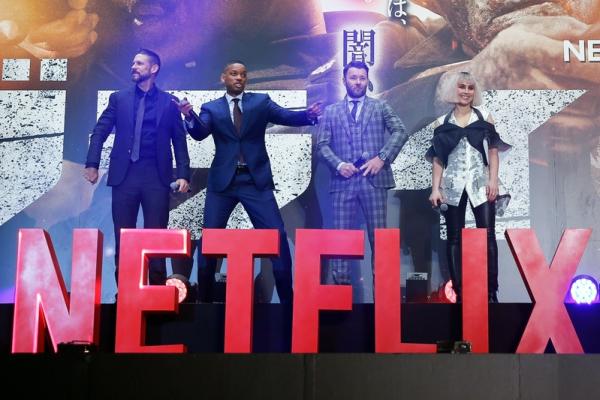Netflix: Recession May Lead to Incremental Churn, BofA Securities Slashes PT
2022.06.23 18:52

Netflix (NFLX): Recession May Lead to Incremental Churn, BofA Securities Slashes PT
By Vlad Schepkov
Nat Schindler of BofA Securities slashed his price target on Netflix (NASDAQ:NFLX) to $196 from $240 Thursday while reiterating an “Underperform” rating on the stock, citing “worsening macro outlook and churn.”
While the analyst attributes most of the company’s current misfortunes to one of two key factors:
- The “domestic subscription run up for Netflix seems to be at or very near its peak” – meaning NFLX is simply running out of organic growth capacity.
- Competition has been growing, getting more creative and aggressive with “more compelling competitor value propositions” – creating pricing and consequential margin pressures.
… he believes Netflix is yet to fully realize the third consequence of the above trends – customer churn.
Recent customer surveys by BofA Securities show that as the competition has grown over the past few years, customers have generally “subscribed to more services on the whole while still keeping Netflix.”
In the analyst’s view, that may all be about to change: “If a recession were to take hold, however, it wouldn’t be surprising to see incremental churn” – with consumers electing to cut down on the number of services they have.
Worse yet, he believes if customers were to pick and choose, the shift would not be in Netflix’s favor: “ad-tiering could serve as a way for consumers across all income brackets to extend their streaming budget by trading down to subscribe to an additional service, benefiting Netflix’s competitors much more than Netflix itself” – posing an additional threat for the beleaguered company.
Overall, BofA Securities cites “current market conditions, rising costs of content production, in addition to several potential costly initiatives,” as key reasons for the price target slash.
Netflix, once Wall Street’s biggest darling and one of the best-performing stocks in history, has had it rough in 2022 – the loss of 200K subscribers in Q1, the company’s first negative subscriber count reading in 10 years, has sent the shares down 70% YTD.








